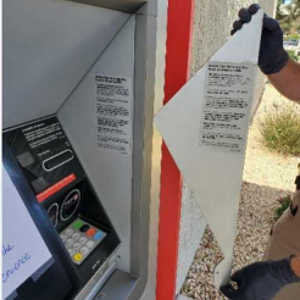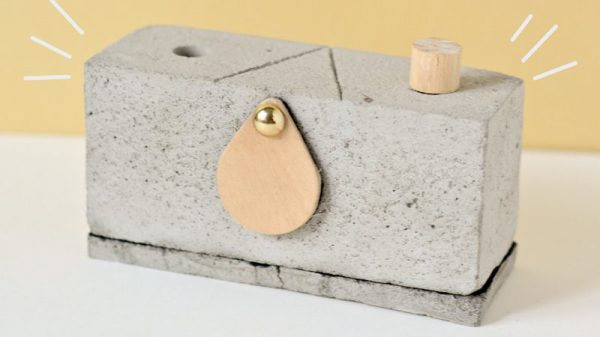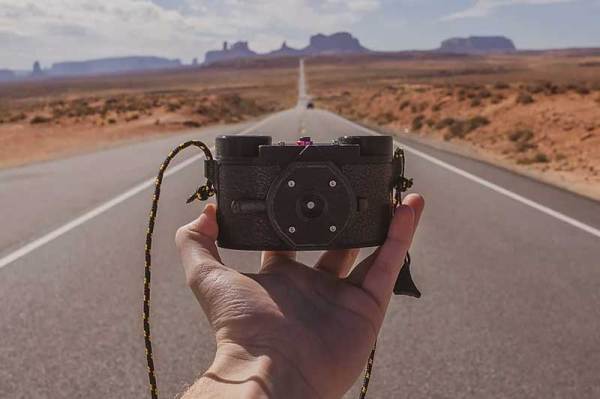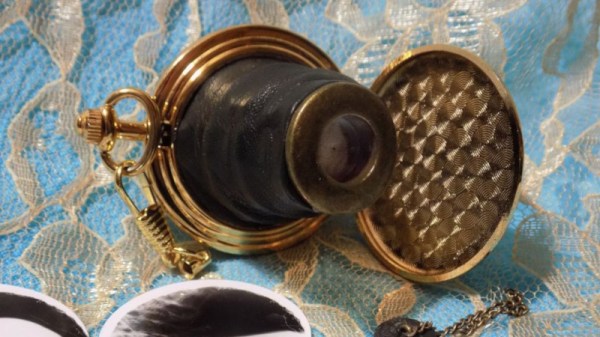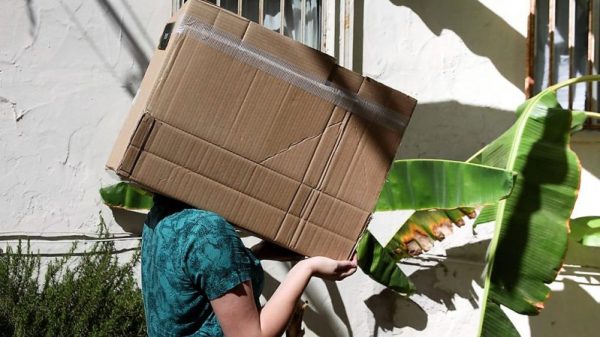Instant photography occupies a niche in film photography that has endured despite its relatively high cost and the ease of newer digital technologies. There are two main manufacturers, Polaroid and Fujifilm, as well as a few smaller boutique camera makers. Into this comes [Toast], with an entirely 3D printed instant camera, not a Polaroid as he calls it, but one for Fuji Instax Mini film.
Currently available instant film comes in cartridges in which each picture is a layered design with a sachet of developing chemicals at the end. Once the film part has been exposed it is developed by passing through a set of rollers which squeeze the chemicals evenly over the film, allowing it to develop. The camera in the video below the break is simple enough, a pinhole box camera design, but the huge challenge and the interesting part of the video comes in the developer attachment which has those rollers. It’s considerably more challenging than it might at first appear, and he goes through many iterations before getting it right with some steel rollers.
The 3D print files are available but only at a price, and despite that we think there’s enough in the video below for anyone who wants to experiment for themselves. For the rest of us it’s an insight into a technology we all know about, but maybe have never looked closely at.
Instax has appeared here before, usually as an instant back for older cameras, but sometimes for far tastier projects.


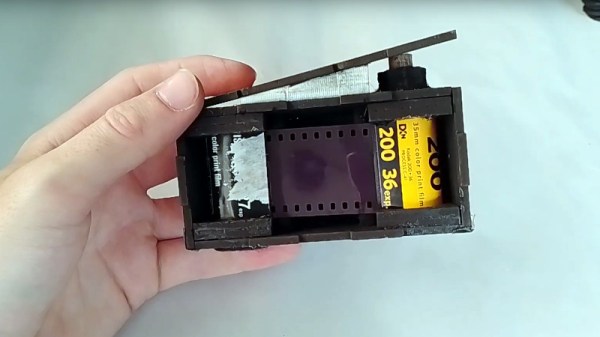
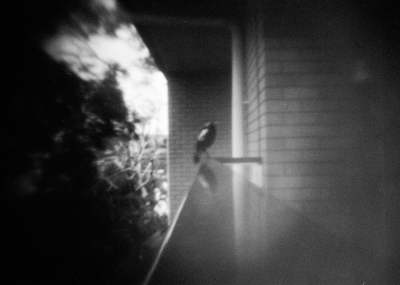 It can be built from almost any flat light-proof 3 mm thick stock, though something that you can run through a laser cutter is probably ideal. Once snapped together to make to box-like structure, tape is added along the joins for light-proofing. The film is reeled from a full 35 mm cartridge to an empty one, and cranked back frame-by-frame by means of a wooden key that engages with the spindle.
It can be built from almost any flat light-proof 3 mm thick stock, though something that you can run through a laser cutter is probably ideal. Once snapped together to make to box-like structure, tape is added along the joins for light-proofing. The film is reeled from a full 35 mm cartridge to an empty one, and cranked back frame-by-frame by means of a wooden key that engages with the spindle.
